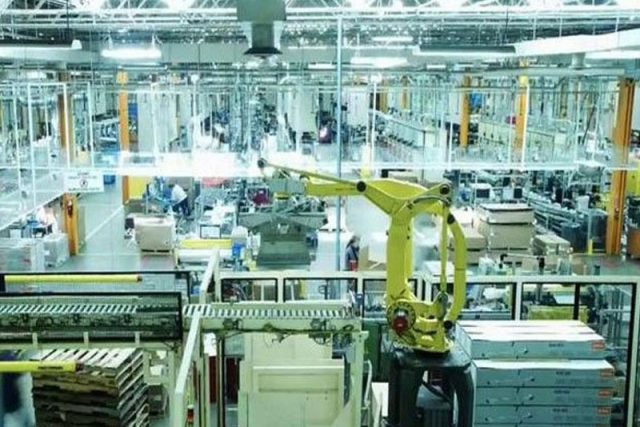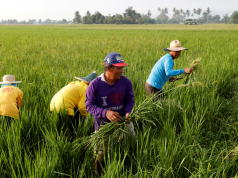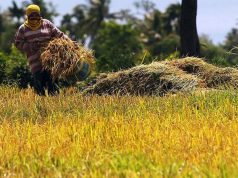MANILA – Factory output likely kept growing in July, though at a milder pace, on the back of demand for capital goods and food products, Moody’s Analytics said.
Robust domestic demand fueled a 7.3% annualized growth of the manufacturing sector, albeit slower than the 8.1% climb recorded in June, the unit of Moody’s Corp. said in a report e-mailed to journalists over the weekend, with steady increases from both business and consumer segments.
If realized, July would have seen the second straight month of slower growth of this indicator.
“While industrial production growth has eased through the first half of 2017, the medium-term outlook for the Philippines’ manufacturing sector remains bright,” the report read.
“In large part, that reflects a likely pickup in capital expenditure, which should provide a boost to local manufacturing,” it explained, adding: “Domestic demand also remains on a solid footing, keeping food production buoyant, the largest component of the industrial production survey.”
The Philippine Statistics Authority (PSA) is scheduled to report both manufacturing and external trade data on Tuesday. Those data are related, as manufactured goods account for more than 80% of total merchandise exports.
In June, factory output volume grew by 8.1% — still slower than May’s 9.8% — as the production of footwear and wearing apparel quadrupled, while output of fabricated metal products more than doubled. Factories churning out leather products, electrical machinery, wood and wood products, basic metals, transport equipment, and food also posted double-digit increases that month, according to PSA data.
The Nikkei Philippines Purchasing Managers’ Index – which tracks factory activity in terms of new orders, output, employment, suppliers’ delivery time and inventory — saw the country’s reading ease for the third straight month to 52.8 in July. August saw the slowest growth — 50.6 — since the survey started covering the Philippines in January last year. The 50 mark separates readings denoting improvement of factory activity from the preceding month from those spelling erosion. The July report noted “signs of softening demand”, particularly as seen in new orders, while the August report noted “a softening” of sales to both domestic and foreign consumers.
Despite the slowdown, Moody’s said manufacturing growth “will not dim for the foreseeable future” as the Philippine economy continues its solid expansion.
The government is targeting an annual 8-10% growth for the manufacturing sector over the next six years, alongside 7-8% growth for the Philippine economy.







